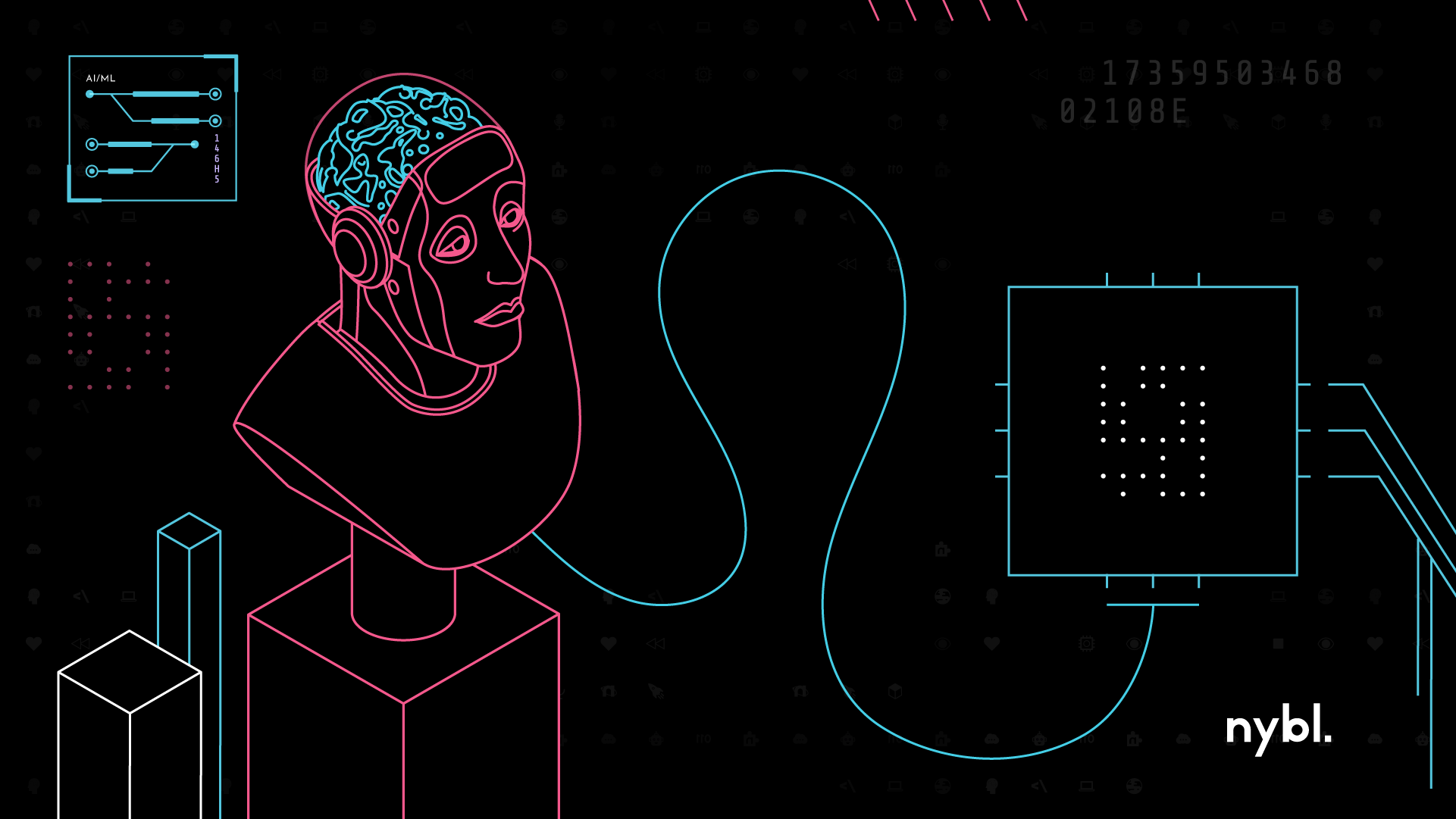Artificial Intelligence (AI) and Machine Learning (ML) are often used interchangeably to describe leading-edge technologies. However, while they are interconnected, AI and ML are distinct concepts. In this article, let’s explore what AI and ML are and how they work.
Artificial Intelligence and Machine Learning Explained
Artificial Intelligence
Artificial Intelligence, or AI, is a simulation of human intelligence processes at a faster and automated level through computer systems. AI comprises several technologies under its umbrella, including ML, deep learning, natural language processing, and more, that enable it to analyze the environment and make meaningful decisions.
Machine Learning
Machine Learning, a branch of AI, enables computer systems to analyze data, explain past events, predict future outcomes, and recommend actions to take. ML algorithms often require large amounts of high-quality historical data to produce accurate and new output values.
How Do AI and ML Technologies Work?
Artificial Intelligence
AI systems combine large volumes of data, analyze this data for correlations and patterns, and then use these patterns to make predictions. For performing these complex tasks, AI uses a constellation of different technologies, including:
Machine Learning: It automates model building to discover hidden insights without being programmed explicitly.
Neural Networks: Neural networks imitate the functions of the human brain’s interconnected neurons, exchanging information among various units to uncover connections and derive meaning from data.
Deep Learning: It utilizes big sets of neural networks and computing power to derive complex patterns in data for tools like image and speech recognition.
Natural Language Processing: It’s the process of understanding and responding to human language.
Computer Vision: It utilizes pattern recognition and deep learning to interpret the meaning of images and videos, facilitating machines to use these real-time visuals to make decisions.
Artificial intelligence has two main categories based on its ability to handle complex tasks: Weak AI and Strong AI.
Weak AI, also called narrow AI, automates specific tasks by outperforming humans. However, it can be applied only to narrowly defined problems. The examples for narrow AI range from Chatbots and email spam filters to self-driving cars.
Strong AI, also referred to as artificial general intelligence (AGI), is a theoretical concept that can make decisions without human intervention. It will possess self-awareness, learn through experiences, and acquire knowledge and skills over time.
Machine Learning
The machine learning process starts with loading training data into the selected algorithm. Whether known or unknown, this training data helps develop the final model. New data is then fed into the algorithm to test its accuracy. The results and predictions are compared, and if they don’t match, the algorithm is retrained until the desired outcome is achieved. This retraining process allows the algorithm to learn and improve its accuracy over time.
As for AI, Machine Learning has two main types: Supervised and Unsupervised Learning.
In supervised learning, known or labeled data serves as training data, where the learning is supervised as the data is known. This data is fed to the ML algorithm to train the model. Once the model trains on known data, it’s possible to input unknown data into the model to generate new responses. The main algorithms used for supervised learning include polynomial regression, random forest, linear regression, logistic regression, and more.
In unsupervised learning, the training data is unknown as it hasn’t been reviewed earlier. This unknown data is input to the algorithm to train the model, and it finds patterns and generates desired results. The algorithms primarily used for unsupervised learning are partial least squares, fuzzy means, K-means clustering, and more.
Applications of AI and ML
In today’s fast-paced world, technologies like AI and ML have made their way into a variety of industries, improving and scaling business functions. From data analytics and operations to customer support, marketing, sales, and human resources, these technologies are driving unprecedented efficiency and innovation.
Applications of AI
Healthcare Sector: AI and ML can advance the healthcare industry by helping medical professionals detect diseases and deliver more accurate treatment plans. Other AI and ML applications include virtual health assistants, maintaining patient data, scheduled appointments, and other administration processes.
Education Sector: AI and ML help the education sector by engaging students in new and innovative ways. It allows teaching professionals to craft customized coursework and create other immersive study materials. AI tutors can also provide additional assistance to the students.
Business Sector: AI and ML enable businesses to serve customers better by understanding their needs, adopting product changes accordingly, launching new products, etc.
Oil and Gas Sector: AI and ML help oil and gas companies minimize downtime and optimize processes. These technologies enable predictive maintenance of equipment, enhance real-time monitoring of specific processes and parameters, and improve overall efficiency.
Several other industries like banking and financing, transportation, telecommunication, manufacturing, security, gaming, entertainment, and agriculture can benefit from AI and ML technologies in one way or another.
Wrapping Up
The terms Artificial Intelligence and Machine Learning are now widely recognized across various industries. These technologies enable organizations to stay ahead of the curve and contribute to a brighter future where intelligent systems work with humanity to drive progress and development.












